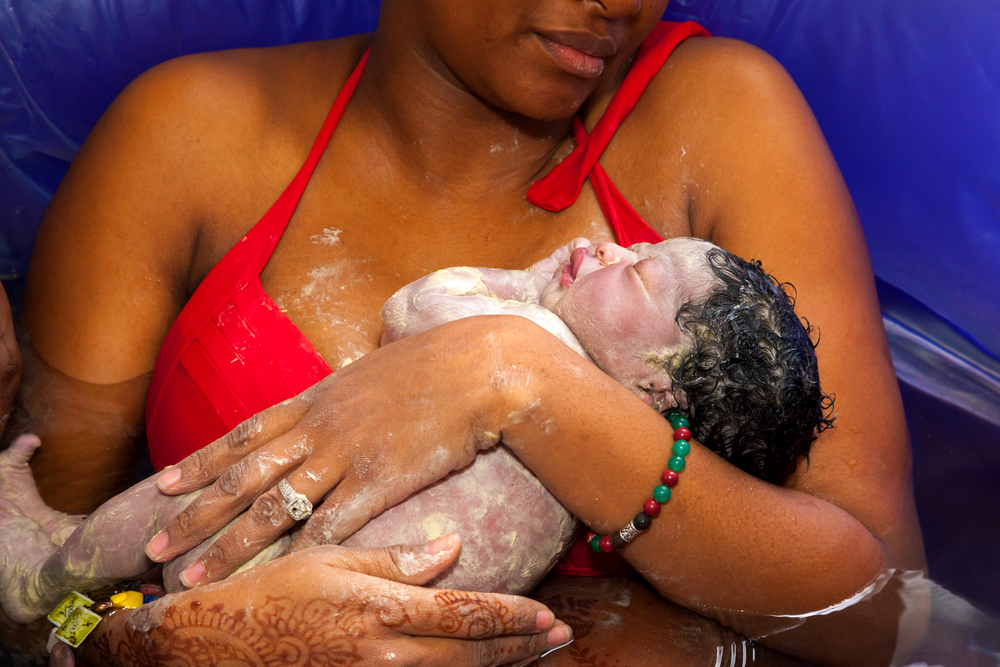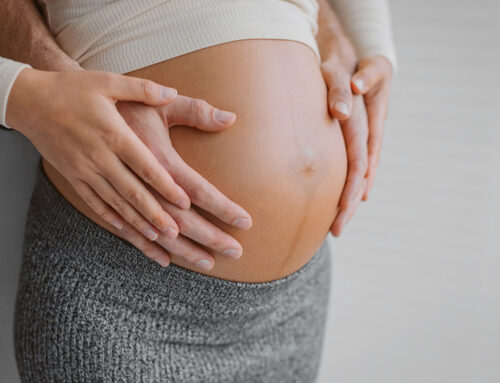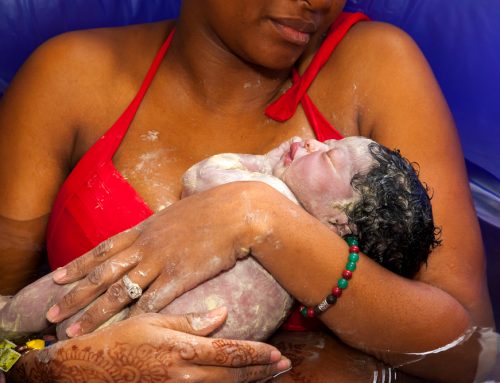Thinking About A Home Birth Midwife?
A growing number of women are considering giving birth to their baby inside their home; and if you’re one of them, you might be wondering if it’s right for me? In the U.S. home birth is likely perceived as “not-the-norm”, as the vast majority of U.S. births take place in a hospital setting, but home births were the status quo well into the 1900’s, and are making a comeback.
Increased popularity of home-based births can be credited to the release of a documentary film The Business of Being Born, which chronicled the birth experience of television celebrity Ricki Lake.
Since its release in 2008, home birth rates have slowly and steadily increased. But the United States’ rates still don’t compare to those in other countries, such as the Netherlands, where about 17 percent of births occur at home.

Are you low-risk?
Most women without preexisting conditions are generally considered low-risk until proven otherwise. Most women with healthy pregnancies are free to safely birth in any setting, including their home. During the course of care, and accordingly to stringent safety standards, Nurse Midwives conduct constant risk assessments during pregnancy, labor, birth and post-partum with the purpose of identifying any potential risk-factors that could impact safety for mother and baby.
Some conditions that may make you too high risk for a home birth are chronic high blood pressure, diabetes, preterm labor, placenta previa, breech birth, or prolapsed umbilical cord. Your Nurse Midwife will help you navigate these risk-factors!
Safety
The number one concern when it comes to home birth is safety. It may surprise you to know that according to the CDC/NCHS, birth certificate data from the National Vital Statistics System, home births have a lower risk profile than hospital births. The rates of pre-term births, and births with low birth weight were less than half, versus hospital births. Because midwives only treat low-risk pregnancies, they’re more confident in a women’s ability to birth naturally; leading to far less labor and surgical interventions as well.
But the question that is raised most often is: What if something happens? There is a reason home births are best administered by a Certified Nurse Midwife, who is uniquely trained, and provides the same technology and monitoring equipment that you would find in a Labor & Delivery Level 1 hospital setting. Qualified Nurse Midwives carry more emergency equipment for a mother and newborn than what is found in an ambulance (paramedics provide the safe ride). The primary difference in having all this emergency equipment and supplies at your fingertips, is knowing when to use it, and when to not.
Many complications can be handled at home without further incident. For instance, a cord around the neck, GBS positive mother, shoulder dystocia, fetal distress, maternal exhaustion, dehydration, retained placenta, postpartum hemorrhage, and newborn respiratory distress can all be handled in the home setting effectively by a certified nurse midwife. If the situation cannot be stabilized, Nurse Midwives are well integrated in the health care system (work closely with doctors at hospitals), and will not hesitate to call for emergency assistance and/or guidance. As much as we need to consider the “what-ifs”, interestingly enough, by far the most common reason for intervention is that the labor is just not progressing, and some method of induction needs to take place to move it along. Although disappointing, this is not an emergency situation, and a smooth and calm transfer to the hospital can take place.
Benefits
There are many benefits to having a home birth that you aren’t able to experience in a hospital setting. One being, you get to give birth to your baby in the most recognizable, and comfortable setting to you: your home. And, unlike hospitals, you can move freely (using intermittent monitoring), and birth in any position you’d like; and you can also invite as many people as you wish to share in the experience, including family, friends, or a doula. Women who have home births have lower morbidity such as postpartum hemorrhage, and episiotomy or perineal lacerations, and also have immediate bonding and breastfeeding, leading to higher breastfeeding success. Those who birth in their home also have the choice to labor or birth in the water, which is one of the gentlest methods of birthing, and has many benefits for mom and baby, including decreased blood pressure and pain.
Your birth can be your choice, and realizing that can be very empowering and rewarding. Whether you chose to birth in a hospital, birth center, or home, knowing you have options, and exploring them, can be a great way to start your journey into parenthood!





